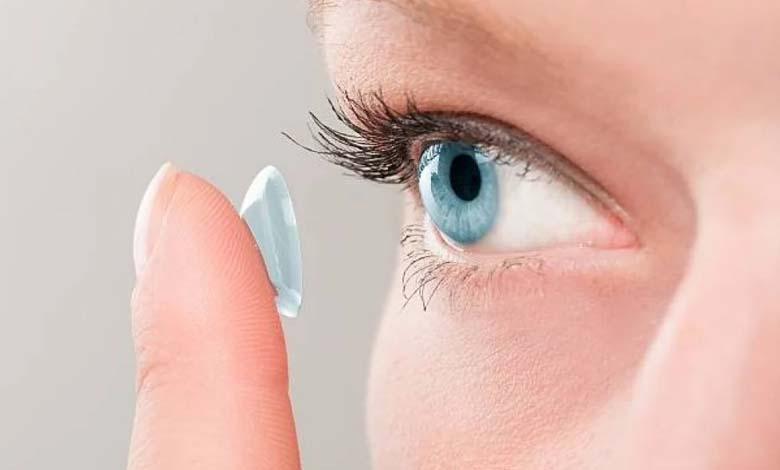Study Reveals the True Impact of Contact Lenses on Children’s Vision

A new study has found that children with myopia who wear bifocal contact lenses to slow the progression of their vision impairment do not lose the benefits of treatment once they stop wearing them.
Typically, the axial length of the eye grows rapidly in early childhood, then slows down and stabilizes around the age of 12.
In the case of myopia, this growth is abnormally fast and can continue into late childhood, according to Reuters.
-
Eye Infections Due to Contact Lenses: A Magical Treatment from Trees
-
The World on the Verge of Developing a Sighted Artificial Eye
Slowing this excessive elongation helps control myopia progression.
Myopia Progression
To counteract the rapid axial length growth in their myopic eyes, 235 study participants aged 11 to 17 wore high-power multifocal soft contact lenses for two years as part of a clinical trial.
The study found that these lenses significantly reduced abnormal eye elongation and slowed or even prevented the worsening of myopia in children.
-
One Cause is Dehydration… Reasons Behind Dark Circles Around the Eyes
-
The Eye: The Most Affected Organ by Rising Temperatures
However, researchers continued their investigation to determine whether stopping the treatment would trigger a rebound effect, causing the axial length of the eye to grow faster than usual, potentially negating the treatment’s benefits.
According to a study published in JAMA Ophthalmology, in the third year, after switching to single-vision contact lenses, researchers found no evidence of a decline in the treatment’s benefits from the previous two years.
-
Study: “Eye Problems” Linked to Early Symptoms of Dementia
-
Eye swelling in winter… How to deal with it?
Treatment Benefits
Dr. Jeffrey Walline, lead researcher and professor at Ohio State University, stated in a press release: “The benefits gained from this treatment were not lost.”
He added that the field of myopia treatment in children “is still in its early stages… The standard of care has shifted from simply providing children with single-vision glasses or contact lenses to actively slowing myopia progression.”












